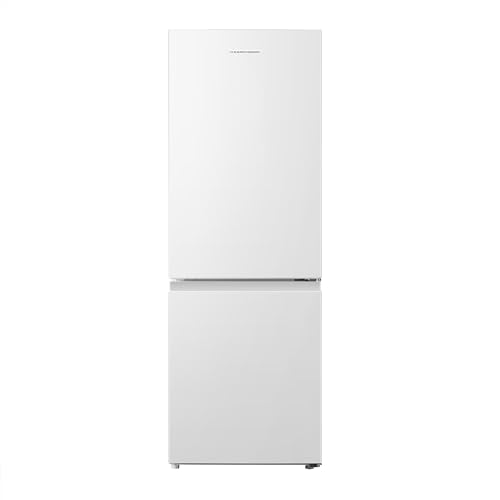The Importance of Setting the Right Temperature in Your Refrigerator
Having a refrigerator is a necessity in every home, as it helps to keep our food fresh and prevents spoilage. However, many people are unsure about the ideal temperature to set their refrigerators at. This article will discuss the recommended temperature for refrigerators, the reasons behind it, and the consequences of improper temperature settings.
What is the Recommended Temperature for Refrigerators?
The Food and Drug Administration (FDA) recommends that refrigerators be set at or below 40°F (4°C). This temperature range is deemed safe for storing perishable foods such as raw meat, poultry, fish, and dairy products. The cold temperature helps to slow down the growth of bacteria, thereby reducing the risk of foodborne illnesses.
Why is the Right Temperature Important?
Setting the right temperature in your refrigerator is crucial to ensuring food safety and maintaining its freshness. Inadequate cooling temperatures can promote the growth of bacteria, leading to food spoilage and potential health risks. On the other hand, excessively cold temperatures can freeze certain items, altering their texture and taste.
Consequences of Improper Temperature Settings
If the temperature in your refrigerator is set too high, above 40°F (4°C), it can result in an increased risk of foodborne illnesses. Bacteria multiply rapidly in temperatures between 40°F (4°C) and 140°F (60°C), known as the “danger zone.” This can lead to food poisoning, with symptoms such as nausea, vomiting, diarrhea, and abdominal pain.
Conversely, setting the temperature too low, below 32°F (0°C), can cause certain items, such as fruits and vegetables, to freeze and become damaged. Freezing can impact the texture, flavor, and nutritional value of these items. It can also cause liquids, such as containers of milk, to expand and potentially burst, resulting in a mess inside your refrigerator.
Tips for Proper Temperature Maintenance
To ensure that your refrigerator is set at the optimal temperature, follow these recommendations:
1. Use a refrigerator thermometer: Place a thermometer inside your refrigerator to accurately monitor the temperature. This will help you identify any fluctuations or adjustments needed.
2. Don’t overload the refrigerator: Avoid overcrowding your refrigerator as this can obstruct proper air circulation and lead to uneven cooling. Allow space between items for cold air to circulate freely.
3. Check the door seals: Over time, the seals on your refrigerator door may become worn out or damaged, allowing warm air to enter. Ensure that the seals are intact and create a tight seal when the door is closed.
4. Avoid unnecessary door openings: Every time you open the refrigerator door, warm air enters, causing the temperature to rise. Minimize the number of door openings and try to retrieve all necessary items at once to reduce temperature fluctuations.
5. Perform regular maintenance: Clean the coils at the back of your refrigerator regularly to improve its efficiency and ensure proper cooling. Consider scheduling professional maintenance checks to address any potential issues.
By setting the temperature in your refrigerator at or below 40°F (4°C) and following these tips, you can ensure the safety of your food and prolong its freshness. Remember to regularly monitor the temperature and make adjustments as needed to maintain optimal cooling conditions.




![COMFEE' RCD93WH1(E) A Under Counter Fridge, 93L Fridge with Cooler Box, Interior Light, Removable Glass Shelf, Reversible Door Hinge, Adjustable Legs, White [Energy Class F]](https://m.media-amazon.com/images/I/51SGR0VK5ZL.jpg)

